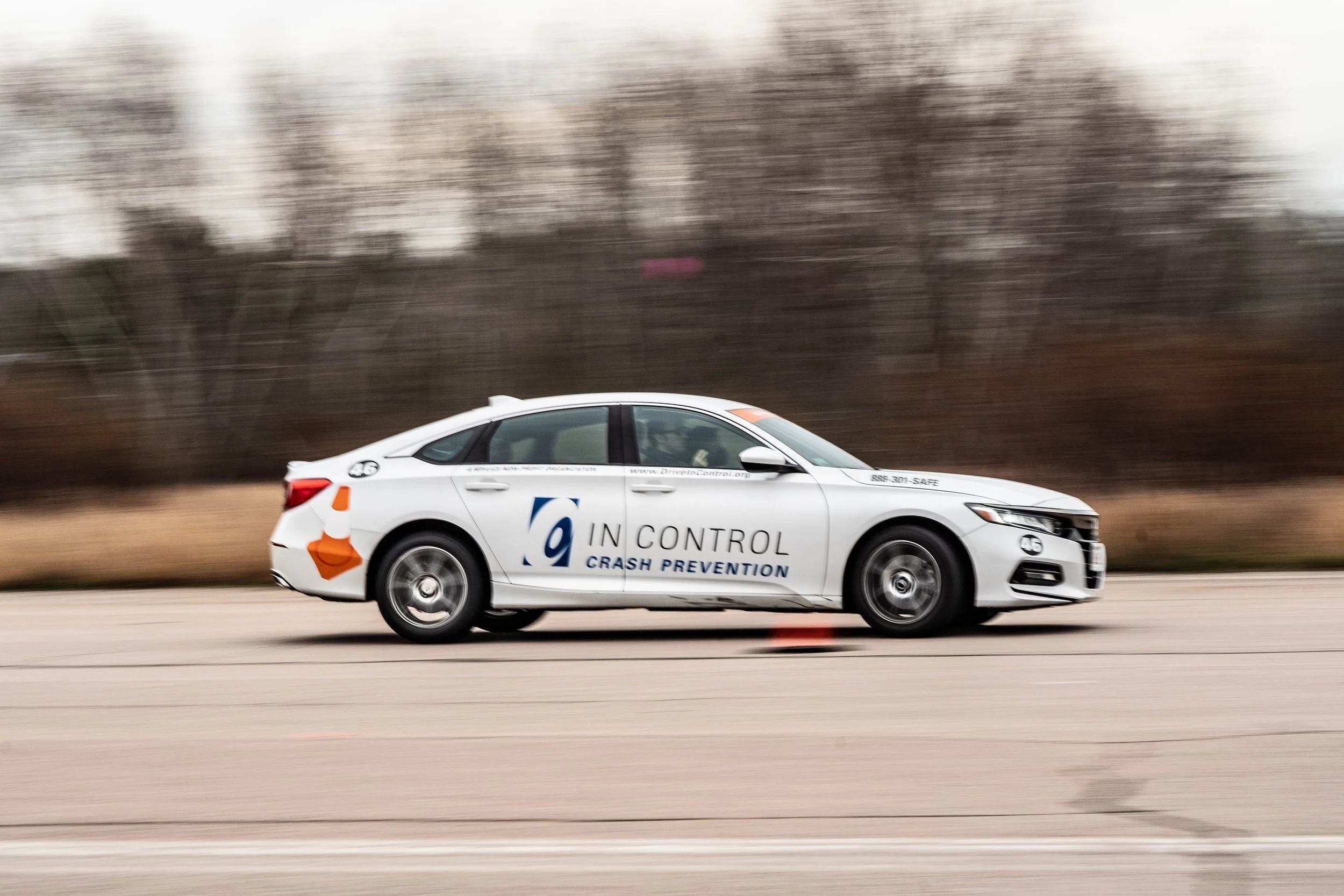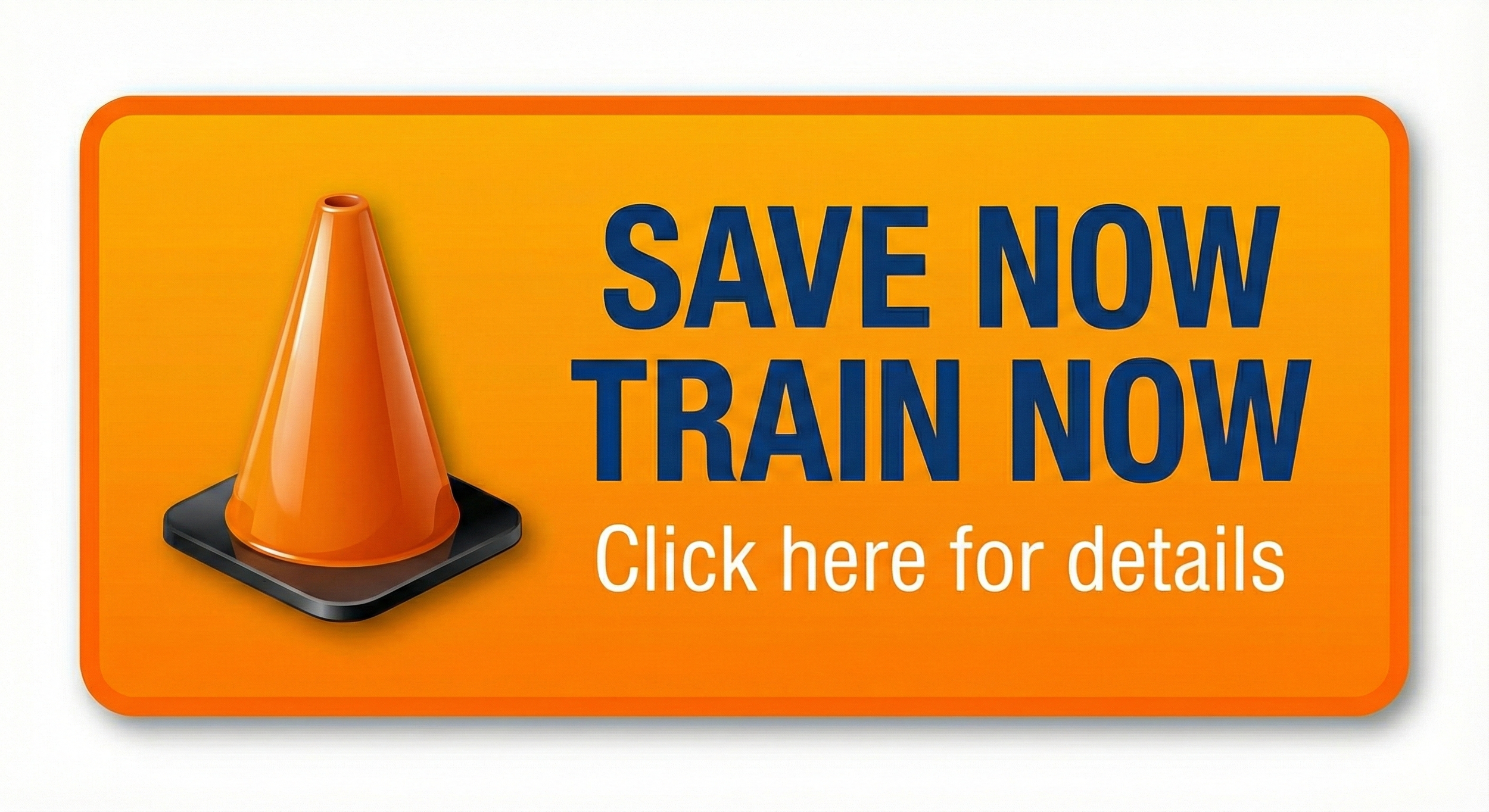The Importance of Crash Prevention Training for Small Businesses
/Driving is one of the riskiest daily activities your employees will engage in. Crash Prevention Training is an essential program that can benefit your small business. Consider signing up for a customizable Crash Prevention Training course. You can expect to elevate your business in these ways.
Reduced Risk Exposure
Crash Prevention Training will give your employees first-hand experience in risky scenarios. This course will teach them how to react accordingly while remaining safe. Participants are put in real-world emergency situations and trained to respond appropriately. For example, one of the first drills each driver performs is an emergency stop at highway speed. They are told to aggressively stop the car at a designated area and avoid the wall of cones in front of them. The sensation of slamming on the brakes is intimidating; their seatbelt tightens, the brake pedal pulsates, the steering wheel vibrates, and the car makes alarming noises. In many cases, the driver instinctively takes their foot off the brake pedal, as they are intimidated by the vehicle’s behavior. Unfortunately, that doesn’t help them stop, and they crash into the cones before them.
Fortunately, cones can easily be replaced and the drill repeated. Upon a second attempt, 100% of drivers stop without hesitation. They are no longer intimidated by the vehicle's behavior and are prepared for an actual emergency stop should the situation arise when they’re on their own. Practicing this drill is not something drivers should try on civilian streets. Police tend to frown on panic stops in their town center, and our fleet of vehicles goes through tires every seven days, so it is ill-advised to do this with a personal car.
With over 40,000 graduates of the training, we receive countless feedback from drivers who have avoided rear-end collisions simply because they knew how to stop the correct way. They express how they remember hitting the cones in their training, but when a real-world risk arose, they could stop accordingly and avoid crashing.
Protect your team and positively impact your bottom line.
Sign your small business up for Crash Prevention Training. Massachusetts companies may be eligible for FREE training!
Improved Driving Practices
There is always more to learn when it comes to safe driving. Crash Prevention Training aims to help your company reduce liabilities. Most drivers think driving 10 MPH over the speed limit is perfectly safe. During our Crash Prevention 101 course, drivers experience a drill that allows them to avoid cones at 25 MPH easily. Additionally, we have them gradually increase their speed by 3 MPH increments. Once they reach 32-35 MPH, drivers begin to lose control. This experience allows us to discuss the correlation between the drill and the comfortability of driving 40-60 MPH on back roads after just experiencing a lack of control at 35 MPH.
The Crash Prevention Training course also focuses on safe following distances. Rear-end collisions are one of the most common types of crashes, generally avoidable when there is a safe distance between cars. We perform a highway speed drill to emphasize the importance of leaving the appropriate distance between yourself and the vehicle in front of you. This drill can feel dramatic as we measure success on a scale of Passed, Fender Bender, Ambulance Ride, and Hearse Ride. Unfortunately, drivers do not consider how long it takes to react to the need to stop the car and then take the action to brake. They also don’t consider additional factors like the added weight of people in the vehicle, cargo, or the weight of the vehicle itself. The drill opens up a lot of conversation with the group as the attendees typically average 70% Hearse Rides and 30% Ambulance Rides before learning the proper spacing between drivers.
Another driving practice we work to improve is reversing a vehicle. Backing up is not necessarily as dangerous as driving forward (although it is still a risk that is fatal to over 100 children annually). However, a crash while reversing can lead to vehicle damage, downtime, and liability expenses due to property damage. Our #1 rule to avoid crashes while reversing is “DO NOT BACK UP!” Of course, we understand that some situations and duties require operating a vehicle in reverse. For these drivers, we recommend adding Close Quarters Maneuvering (CQM) to their Crash Prevention 101 training day. The CQM course includes training around tight spaces, reversing, parallel parking, and the proper use of mirrors to avoid crashes.
The skills taught in our programs may be mentioned in traditional driver’s education, but most cannot be practiced. Talking about a panic stop is very different from experiencing the associated G-forces.
Insurance Savings
Fewer crashes mean fewer repairs and less downtime for your fleet. Safer driving leads to cost savings for your business. Keep your insurance rates low by ensuring your team is more prepared for safe driving.



